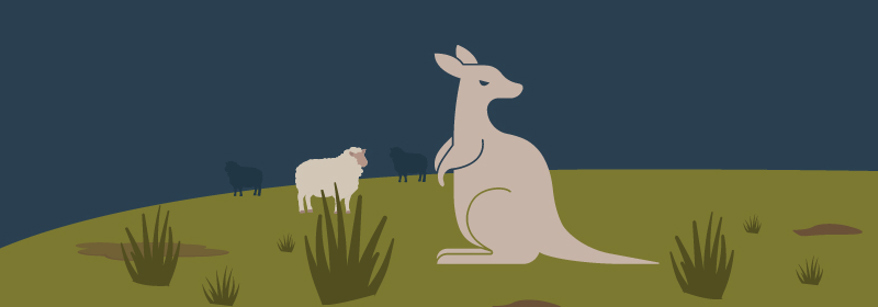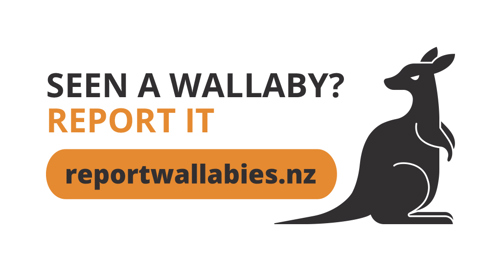Dama wallabies were first released in the North Island near Lake Ōkāreka in 1912. Since then, they have been steadily expanding their distribution around the Rotorua Te Arawa Lakes and are now pushing out even further.
It’s estimated that if no control work is undertaken, a third of the North Island could be impacted by the spread of wallabies within 50 years.
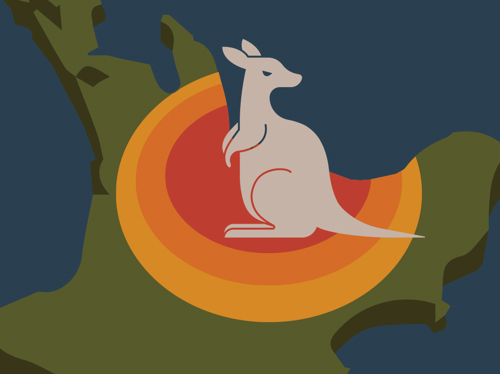
Why are wallabies a pest?
The damage wallabies do costs our country millions of dollars, but the impacts they have on our beautiful forests and landscapes goes way beyond monetary value.
Wallabies eat many of the seedlings that become our native bush, changing the structure of the forest, which destroys the homes and food of our native wildlife.
Wallabies love eating grass and young forestry seedlings, which means they compete with livestock for food and can damage new plantations.
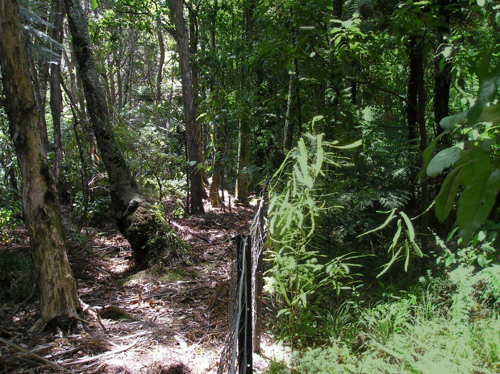
What’s being done to stop them?
The Biosecurity New Zealand led Tipu Mātoro National Eradication Programme began in July 2020. It is a partnership of central and local government agencies, iwi, farmers, landholders and communities working together to protect our farms, forests and biodiversity by getting rid of wallabies over time.
The aspiration is for a wallaby free Aotearoa.
In the medium-term, work is being done to stop the further spread of pest wallabies and, over time, progressively reduce the areas where they are already established.
How you can help
We all have a part to play. You can contribute to helping make Aotearoa wallaby free by reporting wallabies or signs of one (dead, alive, paw prints or poo) anywhere in New Zealand.
What does a wallaby look like?
Wallabies look like a small kangaroo. They are naturally shy, nocturnal (night-time) animals, that hide in bush or scrub during the day and come out to feed at night. The most common signs of their presence are their footprints and poo. There are two types of pest wallabies in mainland Aotearoa. The Bennett’s wallaby is found in the South Island, and the Dama wallaby, found in the North Island.
The Dama wallaby is quite small and typically only grows up to 50cm and weighs 4kg – 7kg.
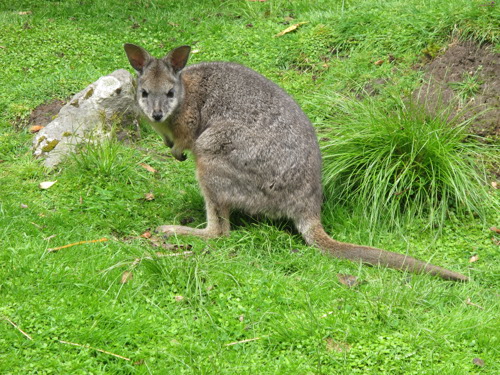
Find out more
Find out about the impact that wallabies have in the North Island.
Learn more about the national Tipu Mātoro programme at www.mpi.govt.nz/wallabies




